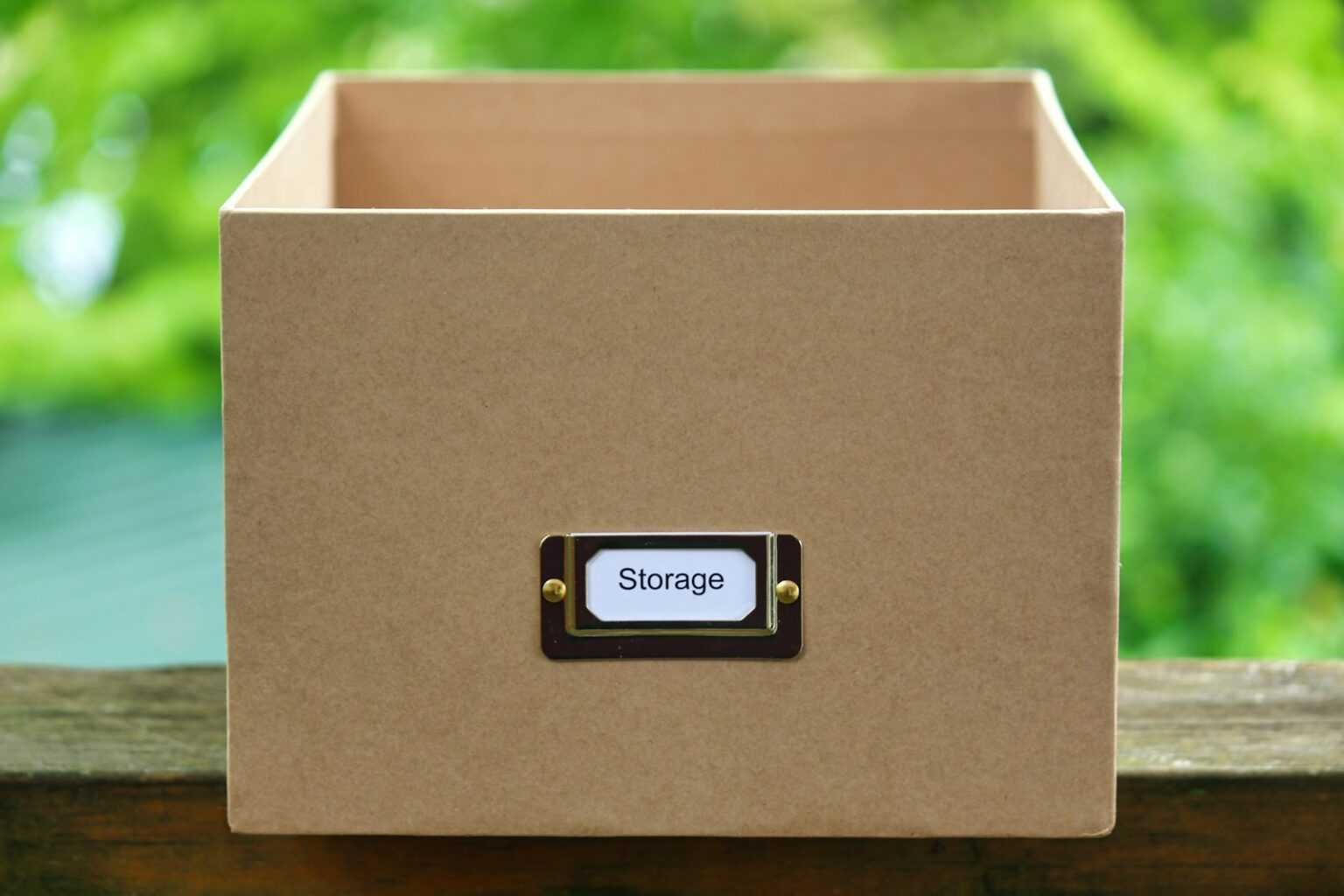Ensuring continuous retention of data across both temporal and spatial dimensions requires rigorous mechanisms that bind information securely over time intervals. A reliable approach involves establishing a robust commitment scheme which guarantees that the recorded state persists without alteration throughout the designated duration. This process demands careful orchestration of sequential proofs that confirm uninterrupted presence within defined chronological boundaries.
The interplay between space allocation and time progression introduces unique challenges when demonstrating sustained evidence of data existence. Verification techniques must incorporate parameters sensitive to both dimensions, enabling precise confirmation that storage resources remain engaged continuously rather than sporadically. Such dual-dimensional attestations improve trustworthiness by linking physical capacity with temporal consistency.
Implementing these protocols benefits from modular frameworks designed for scalable enforcement of prolonged archival claims. By segmenting verification into manageable epochs aligned with continuous monitoring, it becomes feasible to detect any lapse or discontinuity promptly. This layered structure enhances reliability through incremental checks while maintaining efficiency in resource utilization.
Proof of Spacetime: Temporal Storage Validation
To verify the continuous allocation and persistence of data capacity over a defined duration, blockchain systems employ mechanisms that mathematically attest to both spatial and chronological aspects of resource dedication. This approach ensures that participants commit not only physical space but also maintain that commitment across discrete intervals of time, creating a verifiable linkage between data retention and temporal progression.
This method relies on protocols where nodes generate proofs by encoding unique information into their dedicated segments of memory, periodically demonstrating possession without interruption. Through these cyclical attestations, the network confirms ongoing fidelity to resource reservation, thereby integrating the dimension of uninterrupted continuity into consensus models.
Integrating Space with Time in Blockchain Protocols
The core principle involves intertwining allocated capacity with elapsed chronological segments to prevent fraudulent claims of storage without actual sustained commitment. Experimental implementations utilize challenge-response schemes where nodes receive unpredictable queries tied to specific timeframes. Responding accurately requires maintaining unaltered content within the assigned memory blocks throughout these intervals, transforming abstract commitments into measurable phenomena.
For instance, projects such as Filecoin apply cryptographic proofs that bind data possession to epochs–fixed periods during which storage providers must prove consistent allocation. Failure to present valid responses results in penalties or exclusion from consensus rewards. This mechanism effectively creates a dynamic ledger reflecting not only who holds space but for how long, adding temporal granularity to resource validation.
- Stepwise verification: Nodes prepare sealed datasets and respond to random challenges multiple times per epoch.
- Commitment freshness: Proofs depend on recent states rather than static snapshots, ensuring active participation.
- Continuous monitoring: Time-dependent constraints impose real-time enforcement on allocated resources.
The experimental nature of this model invites further laboratory-style investigation into optimizing parameters such as epoch length, challenge frequency, and response complexity. Adjusting these variables influences security guarantees and operational efficiency, offering an accessible platform for empirical validation by researchers and practitioners alike.
This intersection of spatial dedication with progressive time measurement provides an innovative framework for decentralized systems seeking robust assurances beyond mere computational power or stake holdings. By experimentally exploring combinations of hardware capabilities and algorithmic rigor within this schema, one can chart pathways toward more secure and scalable distributed ledgers anchored in verifiable physical realities.
Mechanics of Temporal Proofs
To establish commitment over time within decentralized networks, data must be encoded in a manner that securely binds it to both space and continuous intervals. This process involves generating cryptographic commitments that attest to the persistence of specific information across defined durations, ensuring the resource allocation for maintaining that data is verifiable. Such mechanisms rely on intricate algorithms that intertwine temporal parameters with spatial constraints, preventing fraudulent claims of ongoing data retention.
The integration of spatial and chronological dimensions forms a dual-layer challenge: the system must verify not only that the allocated capacity exists but also that it has been consistently dedicated throughout the required timeframe. This dual dependency creates a robust framework where validation protocols inspect evidence reflecting uninterrupted dedication of resources, often leveraging specialized proofs designed for this continuous demonstration.
Technical Foundations and Practical Implementations
At its core, the methodology employs sequential cryptographic challenges distributed over time intervals. Nodes respond by producing outputs derived from previously committed states combined with new inputs, thereby constructing an immutable chain of attestations. This approach mitigates risks associated with transient resource claims by demanding ongoing computational or storage effort linked tightly to elapsed time.
- Commitment Generation: Initially, participants encode datasets into succinct commitments using hash functions or polynomial encodings bound to spatial parameters.
- Continuous Verification: Challenges issued at regular temporal checkpoints require fresh responses influenced by prior proofs, confirming persistent engagement.
- Resource Binding: The interdependence between physical space allocation and elapsed time ensures that cheating attempts necessitate impractical simultaneous falsification across dimensions.
This model has found practical application in decentralized file systems where long-term retention guarantees incentivize reliable hosting through economic rewards tied directly to proof submissions reflecting sustained dedication.
A notable case study involves implementations based on chained interactive protocols where each verification round builds upon earlier commitments, forming a progressive ledger of evidence. Experimental results demonstrate resilience against adversarial attempts aiming to shortcut resource usage while maintaining low overhead for honest participants.
The scientific inquiry into these techniques continues to refine parameters optimizing trade-offs between security rigor and operational costs. By systematically adjusting timing granularity and commitment complexity, researchers strive to enhance detection capabilities without imposing prohibitive burdens on network participants.
This experimental paradigm invites deeper exploration: How does altering checkpoint cadence influence attack vectors? What encoding schemes maximize compactness while preserving integrity? Addressing such questions advances understanding beyond theoretical constructs toward deployable solutions capable of sustaining trust within distributed ecosystems reliant on demonstrable persistence over chronological sequences.
Implementing Storage Validation Protocols
To verify the authenticity and availability of allocated capacity in decentralized networks, a robust method involves demonstrating continuous data retention over defined intervals. This approach requires participants to generate cryptographic commitments that link occupied capacity with specific timeframes, ensuring that the claimed allocation corresponds directly to actual data presence throughout the indicated period. By integrating these commitments within a challenge-response framework, systems can reliably confirm active engagement rather than transient possession.
Temporal sequencing plays a critical role in establishing trustworthiness, as it binds the participant’s dedication of resources to discrete moments. For example, protocols leveraging chained proofs ensure that each verification step depends on prior attestations, thereby constructing an immutable timeline of storage activity. This chaining mechanism prevents replay attacks and enforces consistent proof-of-occupation across sequential epochs, providing measurable assurance regarding both space utilization and chronological adherence.
Technical Approaches and Experimental Methodologies
One effective experimental setup involves subdividing available capacity into segments subject to randomized audits at unpredictable times. Participants respond with succinct evidence generated from these segments, demonstrating continuous possession without revealing underlying data content. Implementations such as Proof of Replication (PoRep) and Proof of Space-Time (PoST) exemplify this principle by requiring miners or nodes to encode data uniquely while proving unbroken commitment throughout designated durations.
The interplay between spatial allocation and temporal persistence invites further exploration through layered challenges combining multiple validation dimensions. For instance, some advanced protocols incorporate multi-factor attestations where resource dedication intertwines with cryptographic puzzles bound by elapsed time constraints. Such designs enable rigorous testing environments where hypotheses about system resilience under adversarial conditions can be systematically verified, deepening understanding of decentralized storage integrity mechanisms.
Detecting Data Tampering Over Time
Effective detection of data alteration over extended durations requires continuous assurance mechanisms that link information to specific moments and physical locations within a defined continuum. The integration of commitment schemes with space-dependent parameters enables the tracking of alterations by correlating stored data with immutable environmental markers. This approach leverages the interplay between spatial coordinates and chronological progression, allowing for robust verification that data remains unmodified throughout its lifecycle.
Maintaining integrity in long-term digital repositories demands methods that bind data to both temporal intervals and spatial constraints, creating a multidimensional framework for authentication. By associating records with verifiable points along the timeline and within geographic or network boundaries, it becomes feasible to identify discrepancies arising from unauthorized interventions. Such frameworks rely heavily on cryptographic commitments which encode the relationship between data states and their respective positions in time-space.
Mechanisms Linking Data to Chrono-Spatial Coordinates
The utilization of sequential proof structures that attest to continuous presence at distinct spatiotemporal loci offers a practical methodology for recognizing tampering attempts. For example, systems employing chained commitments across discrete time windows enforce an unbroken chain of evidence, where any modification disrupts subsequent proofs and reveals inconsistencies. This method draws inspiration from scientific techniques such as radioactive decay dating, where each measurement depends on prior conditions, ensuring chronological coherence.
Experimental implementations demonstrate how embedding location-specific challenges alongside timestamped responses creates a resilient audit trail. In blockchain contexts, this translates to protocols requiring participants to repeatedly demonstrate possession of particular data fragments tied to precise network nodes during defined intervals. The cumulative effect is a deterrent against retroactive data manipulation since altering historical entries necessitates reconstructing all linked proofs without detection.
Practical Approaches in Continuous Commitment Schemes
- Time-locked encryption: Data encrypted with keys released only after certain periods enforces temporal constraints on access and modification.
- Space-based nonce generation: Unique values derived from physical device attributes or geolocation provide spatial anchors for recorded proofs.
- Cumulative hashing chains: Hash outputs incorporate prior hashes plus current state inputs, linking successive storage snapshots irreversibly over time.
These strategies collectively contribute towards constructing a multidimensional commitment surface across both time and space dimensions, enhancing confidence in data authenticity through irreversible linkages sustained continuously.
Case Study: Long-Term Archival Integrity in Distributed Ledgers
A notable investigation involved deploying geographically dispersed nodes tasked with periodic challenge-response exchanges verifying archival file possession. Each node generated unique spatial identifiers combined with timestamps forming composite tokens embedded into the ledger’s transaction records. Experimental analysis revealed that attempted retroactive edits triggered mismatches detectable by cross-node consensus algorithms within seconds, underscoring the effectiveness of integrated chrono-spatial validation layers in distributed environments.
Scientific Exploration Pathway: Designing Your Own Temporal-Space Proof Experiment
- Select a static dataset requiring long-term protection against undetected modifications.
- Create cryptographic bindings associating each dataset snapshot with precise timestamps using hash functions chained sequentially.
- Add location-derived entropy by incorporating device-specific metrics or GPS coordinates into hash inputs at each interval.
- Establish routine verification cycles where proof tokens are exchanged among multiple independent observers operating at different sites.
- Monitor for proof discrepancies indicating potential tampering events by comparing expected versus received tokens continuously over time.
This hands-on process will elucidate how intertwined temporal progressions and spatial references form an effective barrier against covert data alteration attempts, encouraging further inquiry into advanced authentication models combining these dimensions rigorously.
Integrating Proof Systems in Networks
To ensure continuous confirmation of data retention within distributed ledgers, the integration of mechanisms that combine spatial and temporal commitments is essential. Systems leveraging combined dimensions–space and time–enable networks to attest that a participant has allocated resources correctly over specified intervals. This dual-axis approach strengthens network integrity by compelling nodes to demonstrate ongoing allocation rather than one-off declarations.
Implementing these systems requires precise orchestration between data encoding and periodic challenge-response protocols. Participants commit portions of memory or disk sectors for predetermined epochs, responding to randomized queries that verify their persistent allocation. This process creates a cryptographic assurance layer where both the volume and duration of resource dedication are measurable, fostering robust trust without central oversight.
Technical Foundations and Practical Deployments
At the core lies a commitment construct that binds data fragments with timestamps, allowing verification algorithms to assess both the quantity of reserved capacity and its persistence through sequential validations. For example, in experimental deployments like Filecoin’s network, miners must continuously prove possession by submitting verifiable proofs at set intervals. This mechanism prevents fraudulent claims where storage is temporarily allocated only during inspection windows.
Beyond simple proof-of-capacity schemes, combining chronological constraints with spatial guarantees introduces a continuous validation model ensuring nodes cannot recycle or reallocate resources undetected. The resulting security model increases attack costs exponentially since adversaries must maintain consistent resource dedication over time spans rather than single moments.
Future research can explore adaptive challenge frequencies calibrated dynamically based on network conditions or participant reliability metrics. Experimental setups might involve manipulating challenge intervals or commitment sizes to observe impacts on network throughput and resilience. Such investigations contribute to optimizing trade-offs between verification overhead and security assurances.
Performance Metrics and Benchmarks: Analytical Conclusion
Optimizing the commitment to continuous temporal retention mechanisms demands precise measurement of throughput, latency, and resource consumption within decentralized networks. The quantification of time-based data integrity assurance reveals that balancing computational overhead against the durability of historical evidence is critical for scalable implementations. Benchmarking these parameters under varying load scenarios confirms that efficient encoding schemes significantly reduce verification delays while maintaining robust persistence guarantees.
Experimental results demonstrate that adaptive protocols leveraging incremental consensus updates enhance the fidelity of chronological record-keeping without compromising network responsiveness. By systematically analyzing storage density alongside retrieval accuracy, it becomes evident that sustained validation cycles require harmonized synchronization between temporal checkpoints and cryptographic attestations. This interplay informs future algorithmic refinements aimed at minimizing redundancy and maximizing proof reliability over extended durations.
Key Insights and Future Directions
- Commitment Intensity: Elevated levels of persistent data anchoring correlate with increased security margins but demand optimized resource allocation to prevent bottlenecks in node performance.
- Continuous Time Tracking: High-resolution timestamping combined with probabilistic verification models enables near-real-time confirmation of data continuity, fostering trust without exhaustive computation.
- Retention Efficiency: Employing layered archival structures reduces long-term footprint while ensuring retrievability across distributed ledgers, supporting sustainable scalability.
- Verification Throughput: Parallelized validation pipelines harness concurrency to expedite integrity checks, crucial for systems operating under stringent latency constraints.
The convergence of these metrics suggests a roadmap where modular frameworks integrate seamlessly with existing infrastructures to provide resilient temporal endorsement with minimal overhead. Emerging research into hybrid consensus mechanisms and lightweight cryptographic proofs promises to further enhance this balance. Encouraging hands-on experimentation with configurable simulation environments will accelerate understanding of trade-offs inherent in diverse operational contexts.
In summary, advancing the science behind chronological evidence preservation necessitates rigorous empirical inquiry paired with iterative refinement. As blockchain architectures evolve, prioritizing precise measurement methodologies will unlock new potential for secure, transparent digital ecosystems anchored by trustworthy time-aware validation processes.








